- 131 Posts
- 233 Comments
Starting to notice a pattern to the themes of your work. Brilliant
Very nice.
My feet are still wet with the mud of the path is brilliant. Very tactile and love the flow of the sentence
Very nice! Are the shades they cast so different is brilliant.
The line break after fools is a great choice
Image credit to @AllNewTypeSpace@leminal.space
**What happens when love itself becomes a form of waste management? **
This is a portrait of the failure of distinction between what is wasted and what is “recyclable,” between love as pure gift and love as transaction.
Two armless mannequins kissing in a trashcan, this is not simply “trash art,” no, it is the purest materialization of the contemporary impasse of love under late capitalism.
Let’s begin with the obvious obscenity (yes ive been reading too much zizek): the kiss in the trashcan. It is not just that love here is “trash,” something thrown away — it is that love, when it is genuine, when it gives without expecting return, is structurally trash.
It cannot be recycled, cannot be reinserted into the symbolic economy of exchange. When you love, you lose an arm, because you give without measure. The armless mannequins embody this impossibility of holding, of possessing the Other. Their kiss, confined in a trashcan, is the remainder of a gesture that no longer belongs to the order of usefulness.
Like all true love, it is obscene in its uselessness.
But then — beside it — the recycling bin. With trash and mannequin legs. The legs are crucial — they are the organs of movement. They are what allows the subject to go somewhere AND to return, to complete an exchange. To “give your legs,” in this sense, is to give only a part of yourself and to expect it to ‘re-enter circulation’. To give you productive value.
The recycling bin is thus the perfect allegory for consumerist love, where love and consumerist products are one and the same, where even intimacy is a system of return: you give in order to receive, you recycle your emotions, hoping they will come back in a purified form just as we expect from our products.
So love has been contaminated by waste — desire itself has become polluted.
Here “authentic giving” and “productive exchange” have disintegratedd. Even our attempts to “recycle love,” to make it sustainable, are revealed as obscene. The leg, detached from the mannequin’s body, is no longer a symbol of movement but a fetishized fragment, a commodity of desire without wholeness.
Thus, the entire scene performs the commodification of the gift. The trashcan kiss — pure, useless love — sits beside its own mirror: a recycling bin that pretends to restore value but only produces dismembered remains.
So in late capitalism, even our trash is asked to be productive, to “come back” as something new. Yet love, real love, cannot be recycled. It must remain a remainder, a waste — the excess that escapes every system.
It is also crucial that they are mannequins because mannequins embody the paradox of the human under capitalism — they are perfect imitations of people, yet utterly empty, subjects reduced to pure form without interiority. Their presence exposes love and desire as already commodified gestures, rehearsed poses of intimacy with no flesh, no vulnerability. When these hollow consumer objects attempt to love — armless, plastic, discarded — the act becomes tragic: even the symbols of consumption try to transcend their function, to feel something real. But precisely because they are mannequins, their kiss is doomed to remain a simulation — a love scene without life, revealing how the machinery of consumer desire has replaced the human capacity to feel with the glossy shell of it.
To love is not to circulate but to cease circulation — to accept loss without return, to dwell in the trashcan. It is there, among the discarded mannequins, that the only authentic intimacy survives.
Oh my god that could be at an art exhibit
Welcome!
Its a nice place to be. Literally 0 drama. Great part of being away from the political and tech instances.
Never had one bad experience here. Very fun place. You’ll have a good time I’m sure.
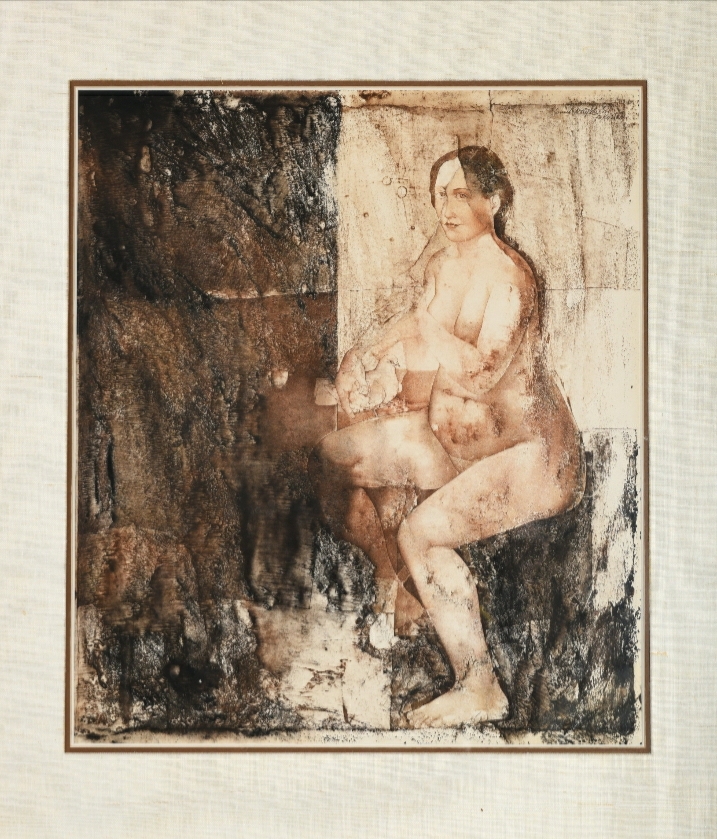
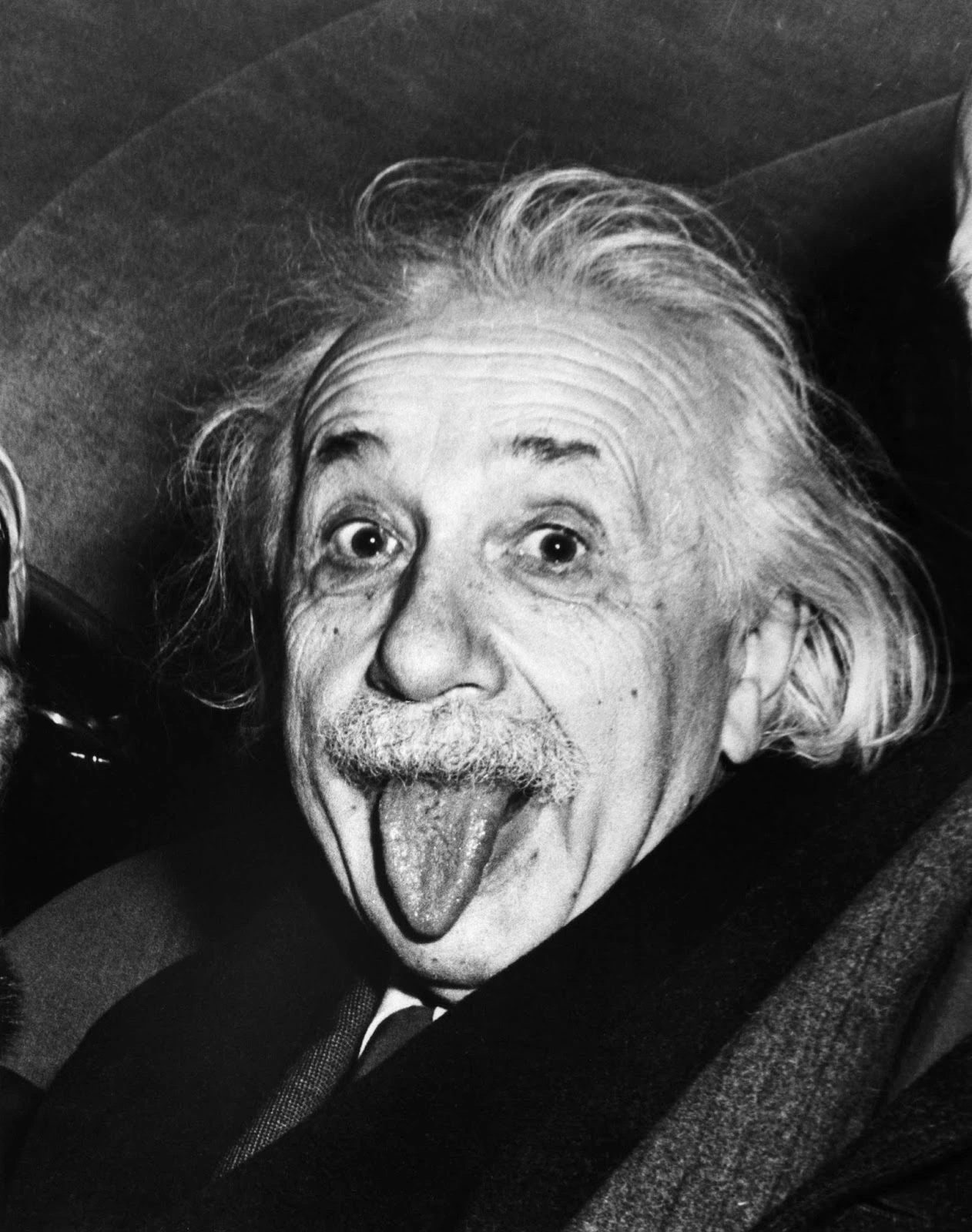 2·1 month ago
2·1 month agoSalman Rushdie is gonna start crying one of these days
The Rim of Morning, Two Tales of Cosmic Horror by William Sloane.
In the 1930s, William Sloane wrote two brilliant novels that gave a whole new meaning to cosmic horror. In To Walk the Night, Bark Jones and his college buddy Jerry Lister, a science whiz, head back to their alma mater to visit a cherished professor of astronomy. They discover his body, consumed by fire, in his laboratory, and an uncannily beautiful young widow in his house—but nothing compares to the revelation that Jerry and Bark encounter in the deserts of Arizona at the end of the book. In The Edge of Running Water, Julian Blair, a brilliant electrophysicist, has retired to a small town in remotest Maine after the death of his wife. His latest experiments threaten to shake up the town, not to mention the universe itself.
The Green Man by Kingsley Amis.
Maurice Allington has reached middle age and is haunted by death. As he says, “I honestly can’t see why everybody who isn’t a child, everybody who’s theoretically old enough to have understood what death means, doesn’t spend all his time thinking about it. It’s a pretty arresting thought.” He also happens to own and run a country inn that is haunted. The Green Man opens as Maurice’s father drops dead (had he seen something in the room?) and continues as friends and family convene for the funeral.
Maurice’s problems are many and increasing: How to deal with his own declining health? How to reach out to a teenage daughter who watches TV all the time? How to get his best friend’s wife in the sack? How to find another drink? (And another.) And then there is always death.
The Green Man is a ghost story that hits a live nerve, a very black comedy with an uncannily happy ending: in other words, Kingsley Amis at his best.
The Black Spider by Jeremias Gotthelf.
It is a sunny summer Sunday in a remote Swiss village, and a christening is being celebrated at a lovely old farmhouse. One of the guests notes an anomaly in the fabric of the venerable edifice: a blackened post that has been carefully built into a trim new window frame. Thereby hangs a tale, one that, as the wise old grandfather who has lived all his life in the house proceeds to tell it, takes one chilling turn after another, while his audience listens in appalled silence. Featuring a cruelly overbearing lord of the manor and the oppressed villagers who must render him service, an irreverent young woman who will stop at nothing, a mysterious stranger with a red beard and a green hat, and, last but not least, the black spider, the tale is as riveting and appalling today as when Jeremias Gotthelf set it down more than a hundred years ago. The Black Spider can be seen as a parable of evil in the heart or of evil at large in society (Thomas Mann saw it as foretelling the advent of Nazism), or as a vision, anticipating H. P. Lovecraft, of cosmic horror. There’s no question, in any case, that it is unforgettably creepy.
I just found a website for some similar data. If you know of one, I’d love to know the name.

 2·2 months ago
2·2 months agoWould you say 3k subscribers and 1k monthly users is a big amount?
I genuinely dont know what to classify as big

 2·2 months ago
2·2 months agoYeah I mod like 10 communities and I feel wrong doing it. Dont think I’ll ever be checking that again.
 3·2 months ago
3·2 months agoOh my god this is so good. Theres a lot of directions to go with this.
And it’s a funny idea in itself

 3·2 months ago
3·2 months ago8 feet I think.
Idk how both effect ones body over the years but 3 feet feels more extreme

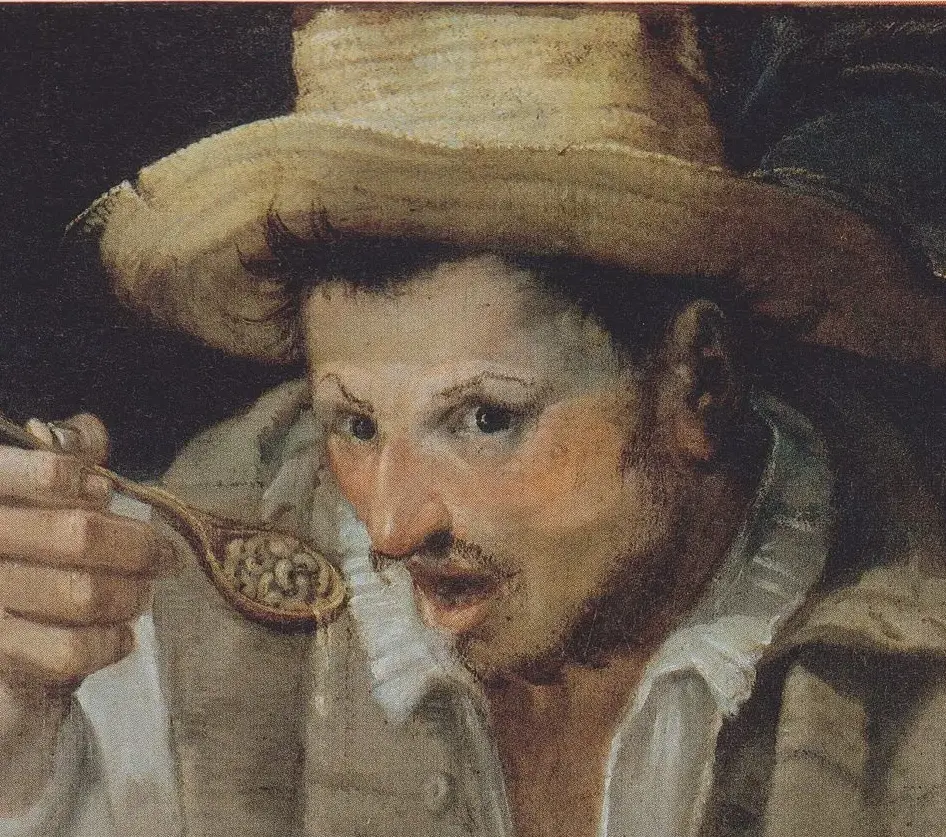


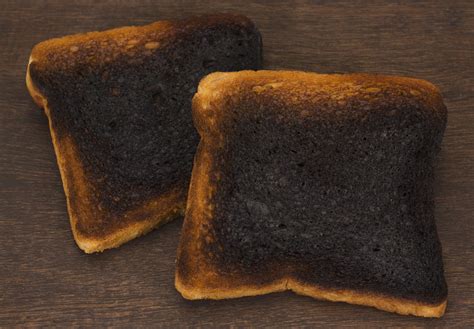

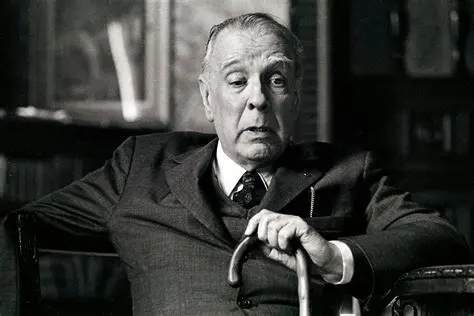



I’m posting some local art by upcoming artists you’ll probably never see elsewhere over on !visualarts@lemmy.dbzer0.com